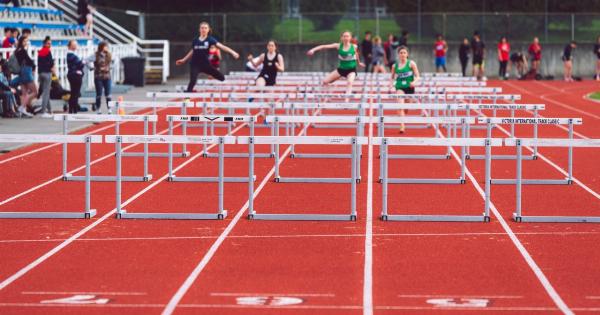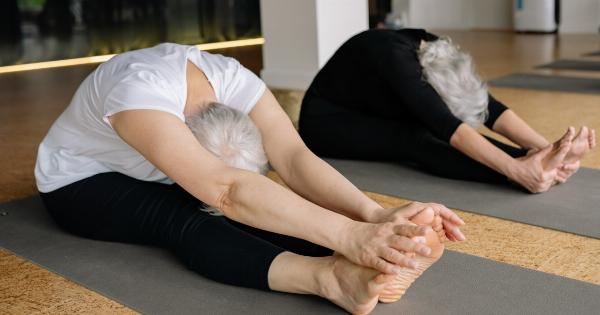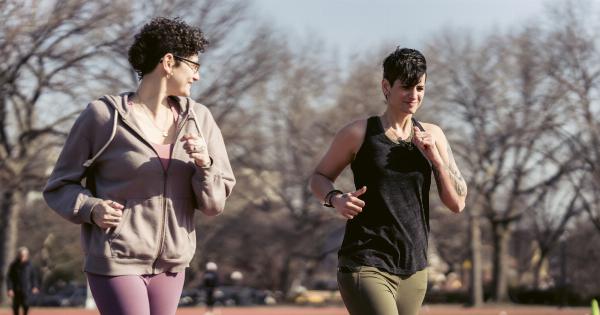Female athletes, especially those who participate in high impact sports, are prone to experiencing various physical discomforts and issues in their reproductive organs.
One such issue is vaginal spasms, also known as vaginismus, which can significantly affect sports performance. In this article, we will discuss what vaginal spasms are, their causes, symptoms, and how they impact sports performance, and possible solutions to help female athletes deal with this condition.
What are Vaginal Spasms?
Vaginal spasms are involuntary muscle contractions that occur in the muscles surrounding the vagina. These contractions can range from mild to severe and are often accompanied by pain or discomfort.
The spasms can occur spontaneously or be triggered by certain circumstances, such as sexual activity or inserting tampons.
The condition is relatively common, with a prevalence of up to 17% in women, with the majority of them being premenopausal.
However, it is often underreported, and many women may not seek medical attention, leading to the condition persisting for longer periods.
Causes of Vaginal Spasms
The causes of vaginal spasms are not always apparent, leading to difficulties in diagnosing and treating the issue correctly. Nevertheless, some of the most common causes of vaginal spasms include:.
- Physical trauma: Trauma to the pelvic muscles or tissues can trigger vaginal spasms. This can include childbirth, a surgical procedure, or an injury during sports activities.
- Emotional trauma or anxiety: Anxiety or emotional trauma, such as sexual abuse, can lead to vaginal spasms.
- Illness or disease: Certain medical conditions like endometriosis may cause vaginal spasms in some women.
- Menopause: Changes in hormone levels during menopause can lead to vaginal dryness, which may cause spasms.
Symptoms of Vaginal Spasms
The symptoms of vaginal spasms can vary from mild to severe, with many women experiencing painful intercourse as the most common symptom. Other symptoms may include:.
- Difficulty inserting tampons or undergoing gynecological exams
- Painful cramps during menstruation
- Feeling of tightness or discomfort in the pelvic area
- General pain in the pelvic region
Impact of Vaginal Spasms on Sports Performance
Vaginal spasms may significantly impact a female athlete’s sports performance, both physically and psychologically.
These spasms can hinder one’s ability to stay focused and perform at their highest level, leading to decreased confidence levels and subpar results. Additionally, pain and discomfort caused by vaginal spasms can lead to the development of anxiety and fear associated with the performance of certain athletic movements.
The physical impact of vaginal spasms on sports performance is also evident, as such spasms often restrict blood flow to the affected area during exercise.
This can lead to a temporary decrease in performance levels, as the muscles are receiving less oxygen and other nutrients, leading to fatigue and cramping.
Dealing with Vaginal Spasms in Sports
Dealing with vaginal spasms effectively requires a combination of strategies, such as:.
- Managing stress and anxiety: Reducing anxiety and stress levels through counseling or other relaxation techniques is crucial in treating vaginal spasms.
- Medical treatments: Treatments such as pelvic floor therapy or medications may be recommended to alleviate the symptoms of vaginal spasms.
- Training: Adding specific training exercises, such as pelvic floor exercises and Yoga, that can help relax the pelvic muscles and improve muscle coordination.
Conclusion
Female athletes should not underestimate the impact of vaginal spasms on their sports performance.
It is imperative that they seek medical attention immediately if they experience any of the symptoms associated with vaginal spasms, such as pain or discomfort during intercourse, tampon insertion, or menstruation. With appropriate treatment and a combination of relaxation techniques and physical therapy, female athletes can effectively deal with vaginal spasms and improve overall sports performance.






























